With the city celebrating its tri-centennial this year, New Orleans has reemerged past its winding, thorny history into an even more bustling and vibrant destination for those eager for something beyond the typical New York or Los Angeles itinerary.
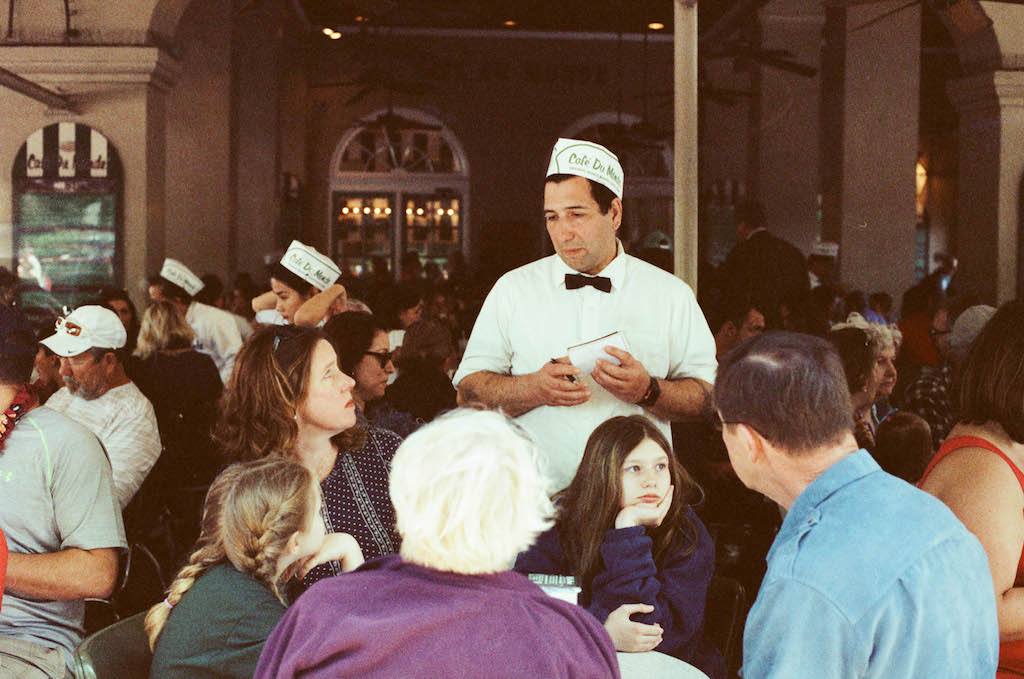
A Gastronomic Mecca of 1500 Restaurants
To say that New Orleans is a foodie haven is a huge understatement. Here, the notion of living to eat, not eating to live, is more than accurate. It’s almost impossible to eat something sub-par. Steeped in history, Creole and Cajun cuisines have always been about a fusion of several influences—French, Spanish, West African, etc.—into something entirely new.
Local fast food favorites like Popeye’s Louisiana Kitchen and Willie’s Chicken Shack offer the best in fried poultry, with the latter’s signature sauce guaranteed to make you “slap yo’ momma.” Krystal is open 24/7 and has been serving their mini square burgers, biscuits, and scrambler breakfast bowls since 1932. Also a must-try are the savory sandwiches of Cochon Butcher in the central business district. The French Market, America’s oldest public market, is a one-stop shop of local cuisine in between local flea merchants. For an authentic Cajun experience, try Coop’s Place’s signature rabbit and sausage jambalaya with a side of their quirky service.
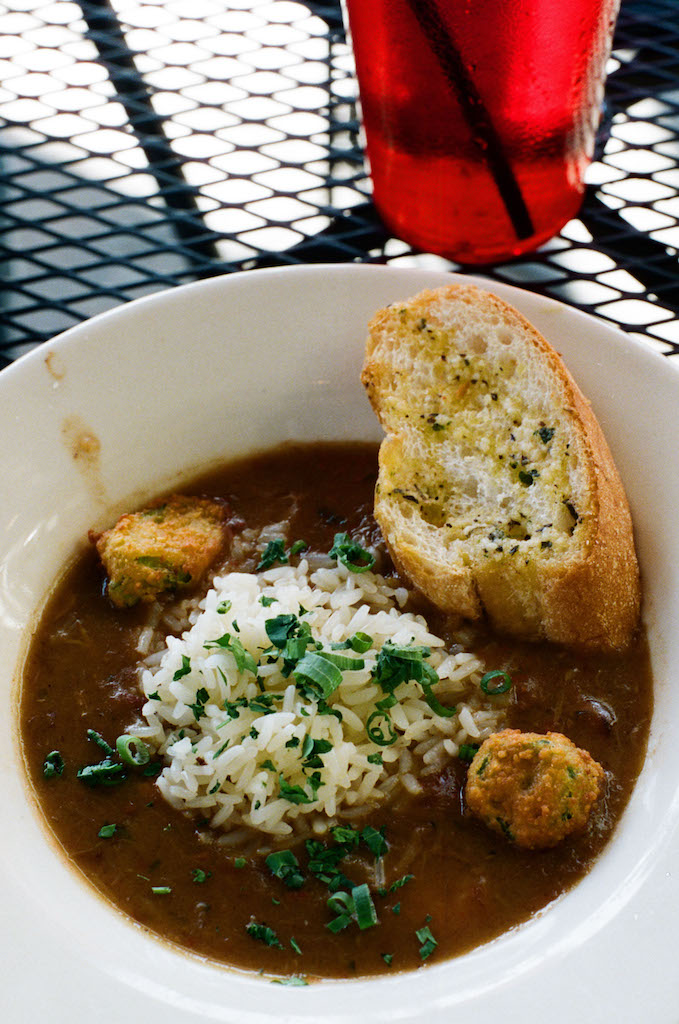
For traditional beignets, Café du Monde is a local institution, more so after it was immortalized in Jon Favreau’s 2014 film Chef. Should the queue at Decatur Street be too overwhelming, try their quieter and cozier Riverwalk Marketplace location overlooking the Mississippi River. Fresh, locally-made pralines like La Belle Creole Confections are likewise ubiquitous in nearby gift shops, wrapped individually for your convenience.
Recently, the city experienced an influx of Vietnamese, Japanese, Italian, and Mediterranean cuisines. Much like any gastronomic Mecca, a few days are not enough to try the whopping 1,500-plus restaurants in town. Pick your battles and try a bit of everything.
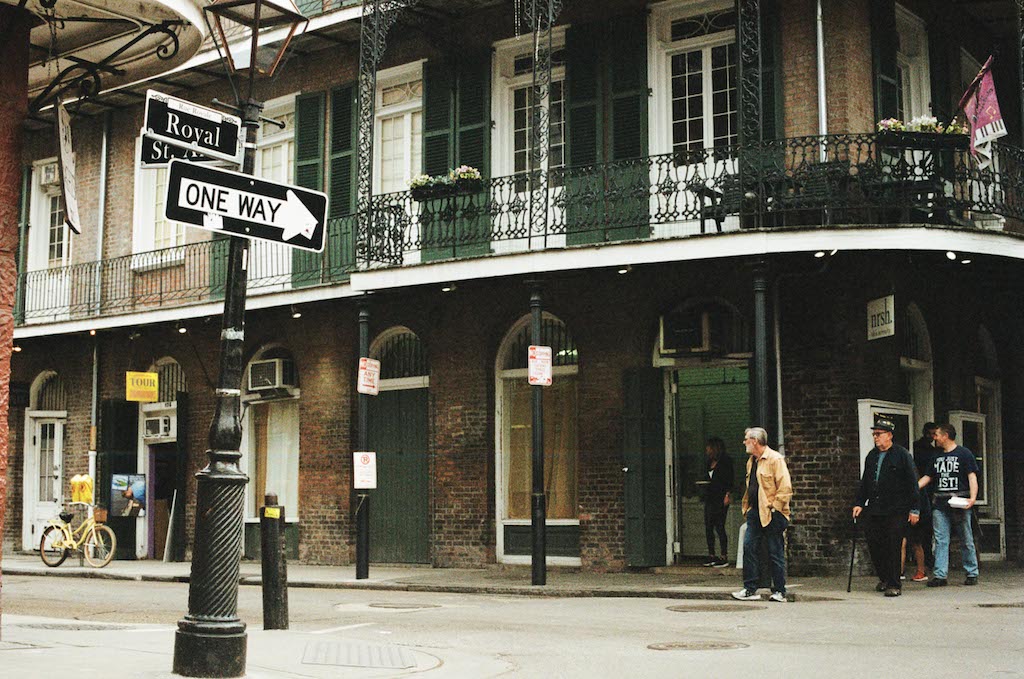
The Dark and Spooky
Pop culture aficionados will appreciate New Orleans for its supernatural history. Aside from the John Goodman-led HBO drama series Treme, large parts of American Horror Story: Coven was filmed at the historic Buckner Mansion. Other notable films set in NOLA include Brad Pitt’s Interview with the Vampire and Steve McQueen’s multiple Oscar-winner Twelve Years a Slave.
Enthusiasts of the paranormal will be treated to a wide array of haunted tours, like one based on the supposedly haunted Lalaurie Mansion along Royal Street and the like. Voodoo culture is alive mostly through tours, museums and shops. St. Louis Cemetery No. 1 is home to the supposed tomb of Marie Laveau, the most prominent voodoo queen in New Orleans history.
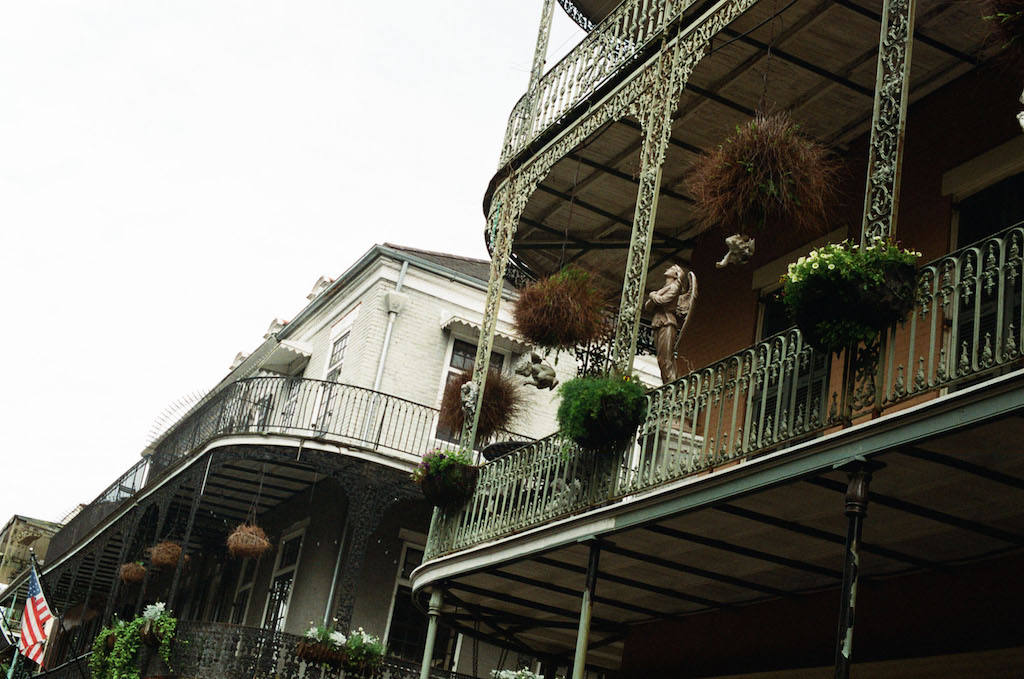

Architecture, Shops and Galleries
Despite being touristy, the French Quarter district still deserves hours of exploration and appreciation. Much of the oldest area in New Orleans looks and feels like it has been frozen since the 18th century. Its French and Spanish-style architecture—iron-lace balconies, adjacent structures, and pastel hues—is a refreshing escape from the rigid-ness of large American cities. It’s the most European-looking city in America.
At daytime, Royal Street offers the quintessential New Orleans image. Soak in the elegant European buildings, tiled street signs, and quiet calm of nearby streets. Rue Royale runs for 13 blocks and is peppered with small antique shops, boutiques, art galleries, and restaurants. At nighttime, the world-famous Bourbon Street takes center stage as several adjoining nightclubs and jazz bars literally light up this side of the Vieux Carré. Revelers converge atop the street’s balconies while the nearby St. Louis Cathedral evokes an eerie vibe as its main statue is lit from below, casting a long, ominous shadow onto the façade, adding to the town’s supernatural allure.
Jackson Square and its surrounding streets are peppered with musicians, palm readers, street magicians, and poets. Artists, too, sell and even work on their pieces right on the streets.
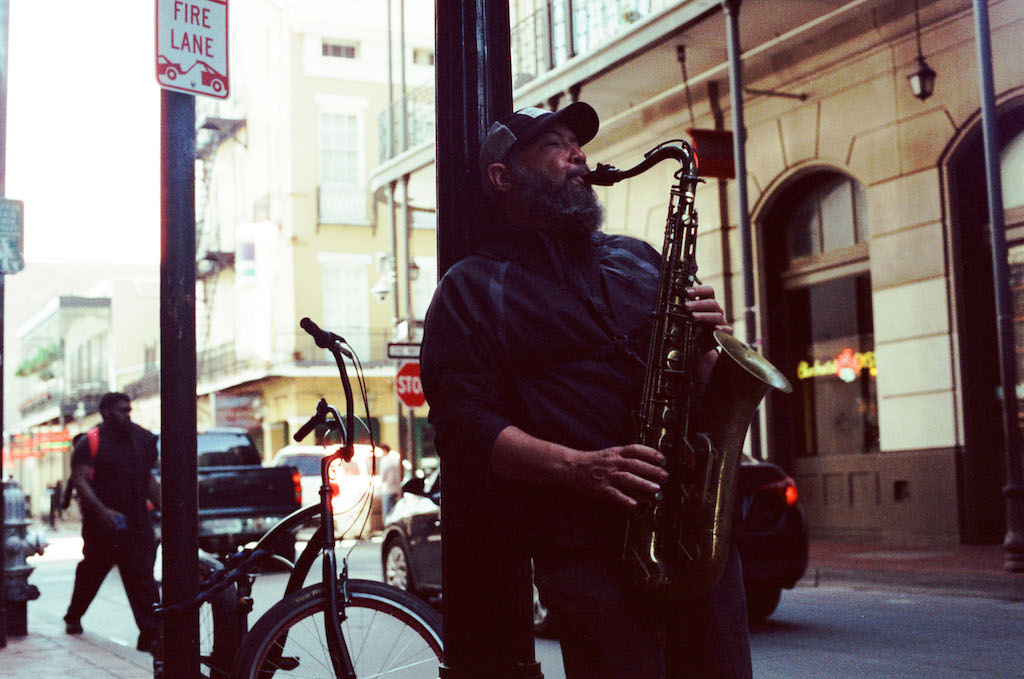
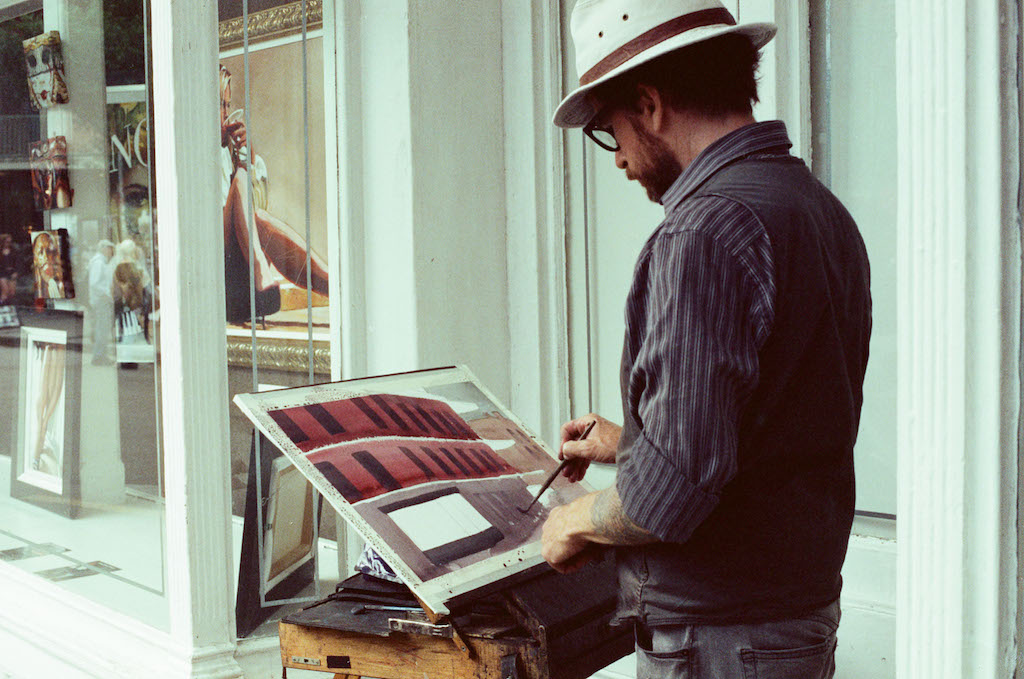
All That Jazz
If the French Quarter starts to feel too crowded, the neighboring Treme district is worth a stroll. The oldest African-American neighborhood in the city is teeming with historical Creole mansions and is adjacent to the lush, 34-acre Louis Armstrong Park. The site of the first New Orleans Jazz and Heritage Festival in 1970, the park is purported to be where jazz originated.
Jazz is indelible to New Orleans’ history. Much like its cuisine, jazz music was birthed in New Orleans from a symphony of cultures and influences. Louis Armstrong, Sidney Bechet, Mahalia Jackson and countless local performers have made their mark in music history. It’s not uncommon to turn a corner in the French Quarter and be audience to a spirited jazz performance or two. Even while making your way through the Louis Armstrong Airport, local jazz tunes play over its PA system. And while it’s best to catch the town’s annual Jazz and Heritage Festival, anytime is a good time to catch local acts playing. Tipitina’s is a landmark for live performances all-year round. Catch live daily performances at the New Orleans Jazz Museum, Preservation Hall, Musical Legends Park, and several other jazz clubs in town. The birthplace of jazz does not disappoint at all.
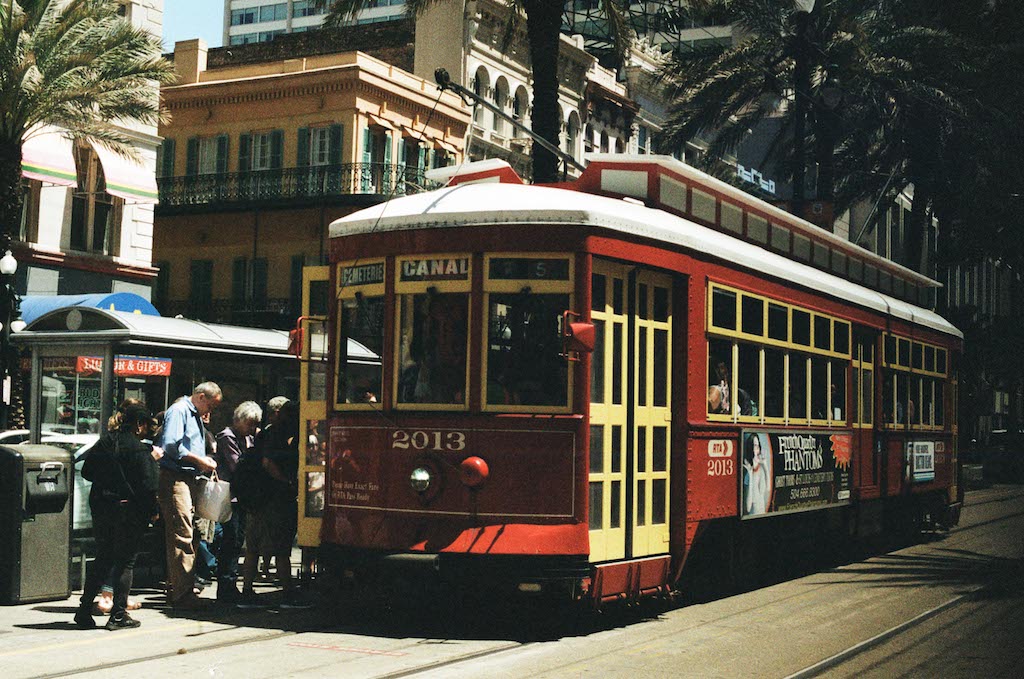

Getting around town via the city’s streetcar lines is a subtle reminder of the setting of playwright Tennessee Williams’ classic 1947 play A Streetcar Named Desire. Granted a historic landmark status, the St. Charles Avenue Line is the oldest continuously operating tram system in the world. Drink in the Garden District’s picturesque French, Creole and American townhouses and mansions amidst the grand oak trees of St. Charles Avenue. And while many other lines have dwindled past its heyday, the streetcar still remains an integral part of the New Orleans transport system, patronized by both locals and visitors alike.
A festival isn’t a prerequisite to visit the Crescent City, though chances are there might be one happening when you go. Yet, what clearly defines New Orleans is just that: a celebration of cuisines, cultures, resiliency and adaptability—all the makings of a must-see destination.





